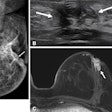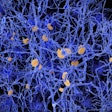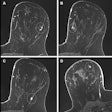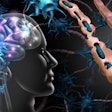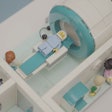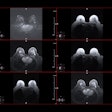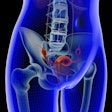Aging changes the brain's overall shape, and these changes -- identified on brain MRI -- could help clinicians better assess dementia risk, according to a study published September 29 in Nature Communications.
"Most studies of brain aging focus on how much tissue is lost in different regions," said senior author Niels Janssen, PhD, of the Universidad de La Laguna in Spain, and visiting faculty at the University of California, Irvine's (UCI) Center for the Neurobiology of Learning and Memory in a UCI statement. "What we found is that the overall shape of the brain shifts in systematic ways, and those shifts are closely tied to whether someone shows cognitive impairment."
The brain changes structurally over the course of a person's lifetime, with increases in volume as the individual develops, stability in adulthood, and decreases as the person ages, the group explained. Previous research has focused on assessing changes to volumes in particular brain regions and in cortical thickness, but there are little data investigating whether changes in spatial relationships between regions contribute to diseases such as dementia.
To address this knowledge gap, the team conducted a study that analyzed more than 2,600 brain MRI scans from 1,059 adults between the ages of 30 and 97. It reported that the inferior and anterior parts of the brain expanded outward as people aged, while the superior and posterior regions shrank inward -- and that this result was particularly marked in older adults with cognitive decline.
"Individuals with more pronounced posterior compression exhibited poorer reasoning skills, indicating that these geometric markers directly correlate with brain function … [and these] patterns were replicated in two independent datasets, reinforcing the consistency of these shape changes as a hallmark of aging," the UCI statement noted.
One of the study's implications is that brain shape changes in the entorhinal cortex -- a small memory hub located in the medial temporal lobe -- could contribute to disease, according to the authors, who suggested that "these shape changes may physically press the vulnerable region closer to the hard base of the skull," and that "the entorhinal cortex is one of the first places where tau, a toxic protein linked to Alzheimer's disease, accumulates."
"[Our findings] could help explain why the entorhinal cortex is ground zero of Alzheimer's pathology," said study co-author Michael Yassa, PhD. "If the aging brain is gradually shifting in a way that squeezes this fragile region against a rigid boundary, it may create the perfect storm for damage to take root. Understanding that process gives us a whole new way to think about the mechanisms of Alzheimer's disease and the possibility of early detection."
The complete study can be found here.


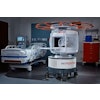
.fFmgij6Hin.png?auto=compress%2Cformat&fit=crop&h=100&q=70&w=100)
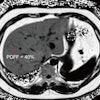

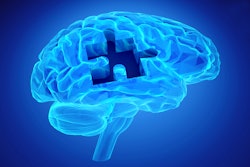


.fFmgij6Hin.png?auto=compress%2Cformat&fit=crop&h=167&q=70&w=250)

